Hi fellow Practical Machinists,
if one were to choose a finish that would last the next 200 years which would it be: type 3 hard coat anodizing or electroless nickel plating?
From my very limited understanding, hard coat anodizing is not a plating but embeds itself above and below the surface of the aluminum substrate. It is very scratch and impact resistant as it is more tough than the aluminum itself. Another plus is that it will not flake or peel off unlike plating.
EN plating on the other hand is even harder and more wear resistant than HA but the drawback (if any) is weight and a potential to corrode off and/or peel?
Please share your thoughts and experiences with both types of surface treatments.
Type 3 hard anodizing example:
%202-500x500.jpg)
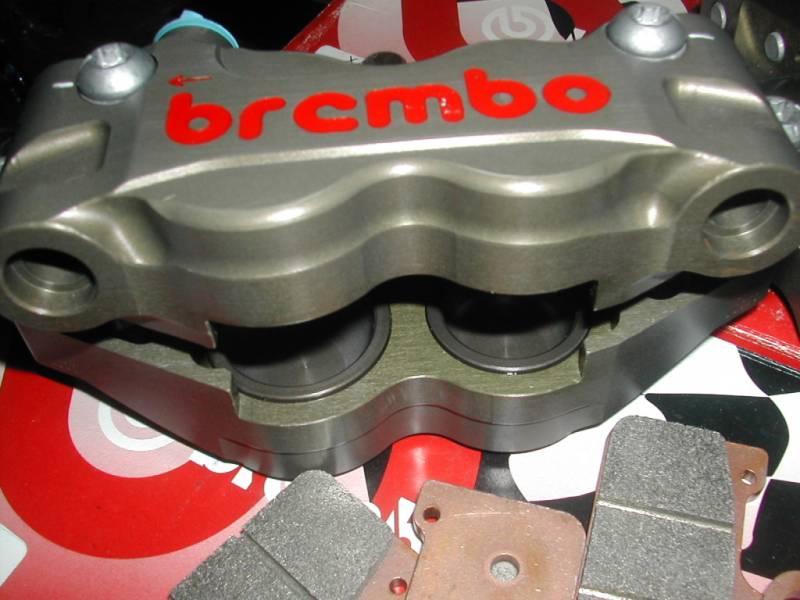
Nickel plating example:

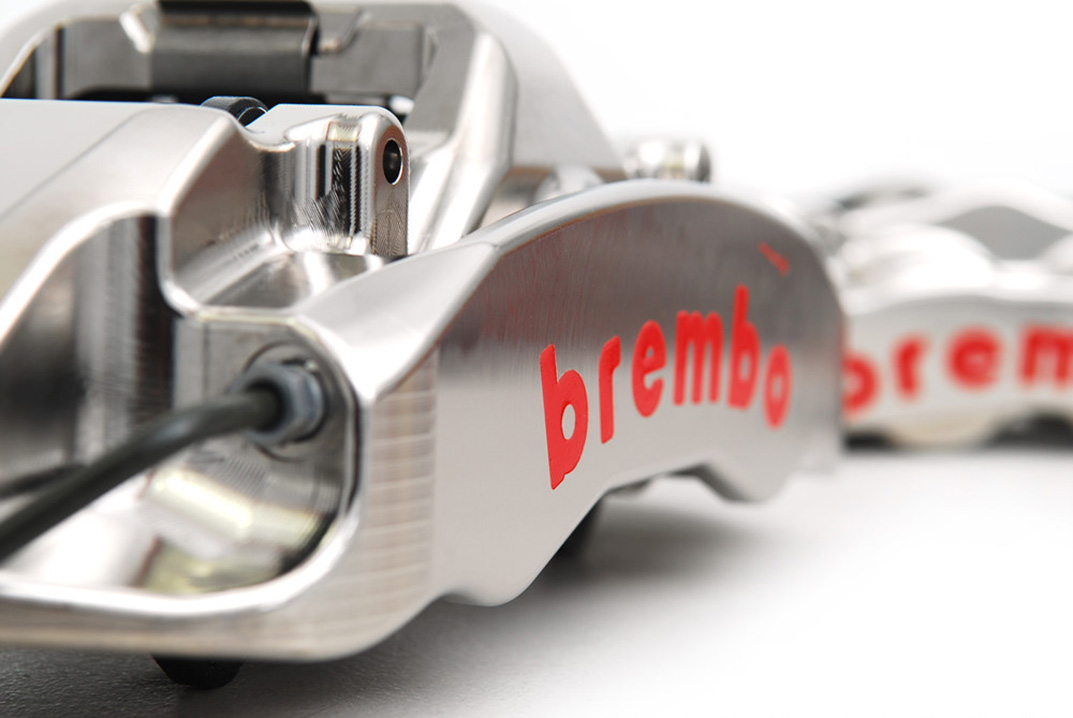
if one were to choose a finish that would last the next 200 years which would it be: type 3 hard coat anodizing or electroless nickel plating?
From my very limited understanding, hard coat anodizing is not a plating but embeds itself above and below the surface of the aluminum substrate. It is very scratch and impact resistant as it is more tough than the aluminum itself. Another plus is that it will not flake or peel off unlike plating.
EN plating on the other hand is even harder and more wear resistant than HA but the drawback (if any) is weight and a potential to corrode off and/or peel?
Please share your thoughts and experiences with both types of surface treatments.
Type 3 hard anodizing example:
%202-500x500.jpg)

Nickel plating example:









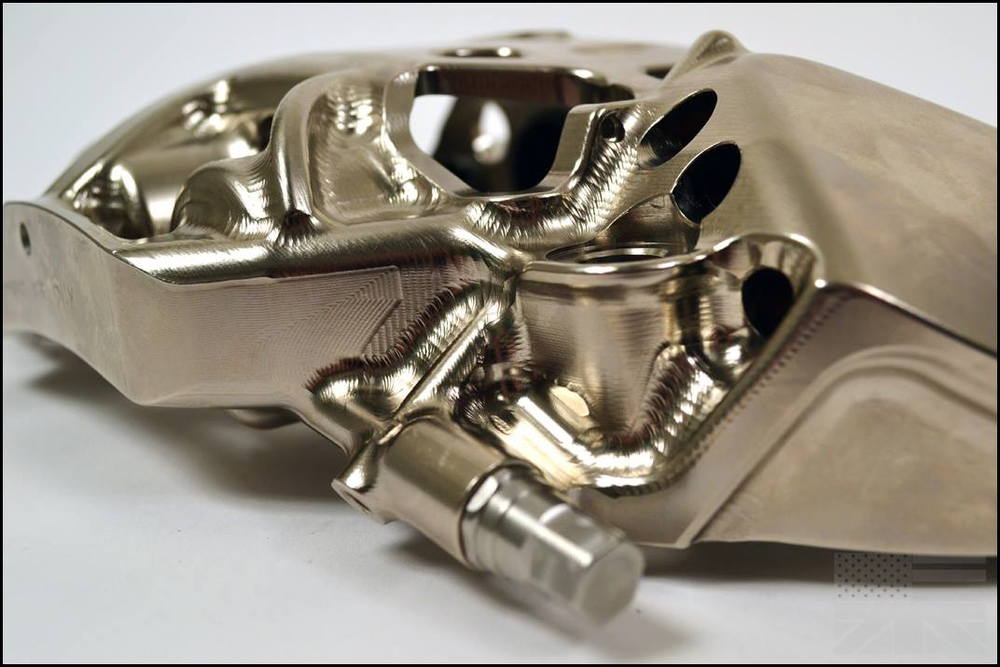

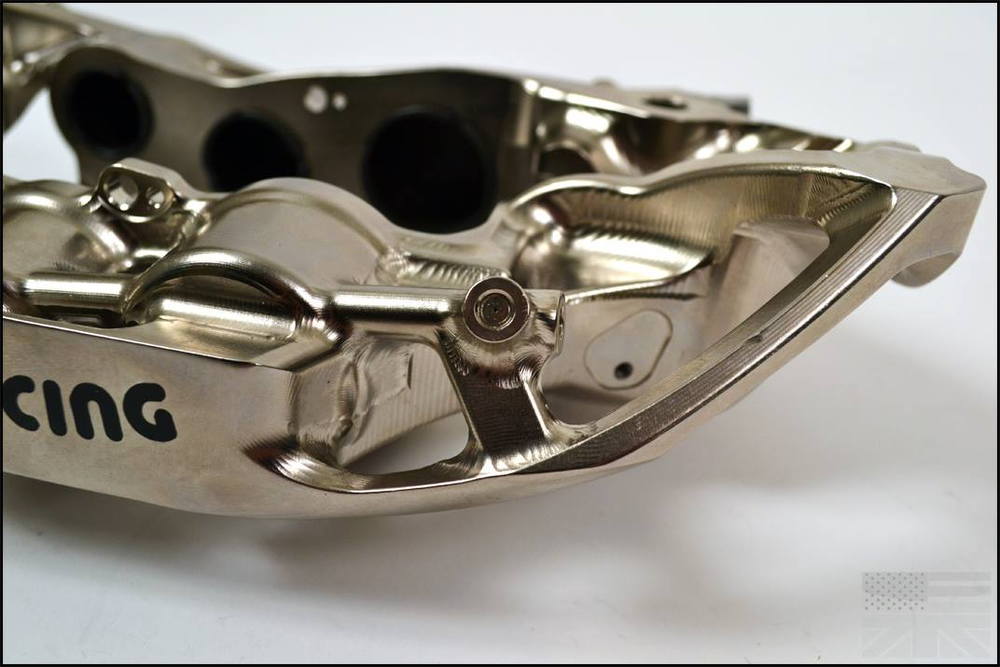

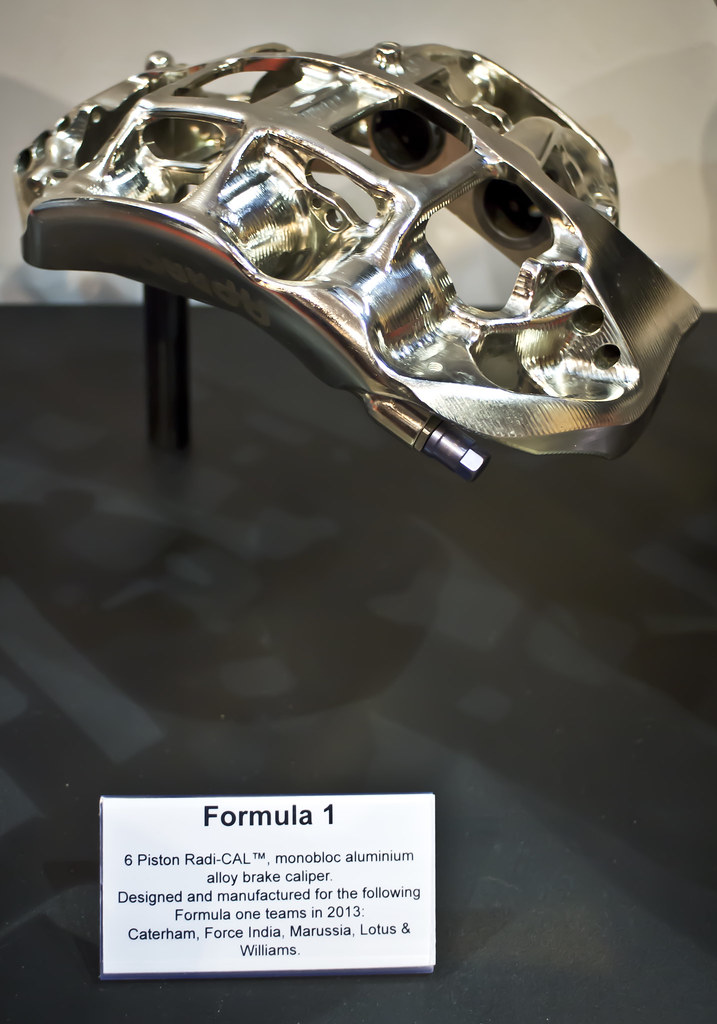


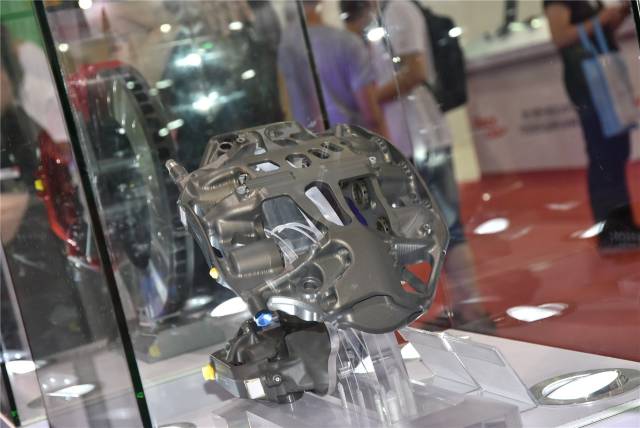
 , might bear in mind, anodising can reduce fatigue life significantly, if there's cyclic loads. Mightn't be much of a consideration on racing brake calipers, but short of beryllium, they're disposable items in the upper echelons.
, might bear in mind, anodising can reduce fatigue life significantly, if there's cyclic loads. Mightn't be much of a consideration on racing brake calipers, but short of beryllium, they're disposable items in the upper echelons.